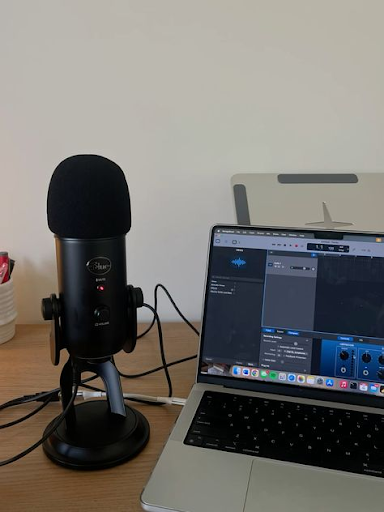How Podcasts Learned to Speak
The landscape of audio storytelling has undergone a significant transformation, with podcasts emerging as a powerful medium that has learned to "speak" in ways traditional radio never could. This evolution raises the question: How have podcasts mastered the art of storytelling, and what distinguishes them from their radio predecessors?
## The Evolution of Storytelling in Podcasts
Podcasts have taken the age-old tradition of storytelling and adapted it for a modern audience. While radio has its roots in live broadcasting and music, podcasts have carved out a niche that emphasizes narrative depth and listener engagement. Here’s how they’ve learned to speak effectively.
### 1. **Understanding the Audience**
Podcasters have become adept at understanding their target demographic. By analyzing listener preferences and behaviors, they tailor their content to resonate deeply with specific audiences. This level of personalization allows for more engaging storytelling that feels relevant and relatable[1][5].
### 2. **Crafting Compelling Narratives**
Successful podcasts often employ classic narrative structures—introduction, conflict, climax, and resolution. This framework keeps listeners invested in the story. By introducing relatable characters and conflicts, podcasters create emotional connections that encourage audience engagement[2][4].
### 3. **Utilizing Descriptive Language**
Podcasts rely heavily on descriptive language to paint vivid pictures in listeners' minds. By appealing to the senses—sight, sound, smell, touch, and taste—podcasters immerse their audience in the narrative, making them feel like active participants rather than passive listeners[3][4].
### 4. **Incorporating Dialogue and Sound Design**
Dialogue adds dynamism to storytelling by introducing different perspectives. Whether through interviews or reenactments, dialogue breaks up monotony and keeps listeners engaged. Additionally, sound design—such as background music and sound effects—enhances the storytelling experience, creating an immersive atmosphere that can evoke emotions and heighten tension[4][6].
### 5. **Building Suspense and Curiosity**
Podcasts excel at maintaining listener interest through suspenseful storytelling techniques. By teasing key elements of the story and gradually revealing information, podcasters keep audiences on the edge of their seats, eager to hear what happens next[2][6].
### 6. **Engaging with the Audience**
Podcasters often invite listener interaction by posing questions or encouraging feedback. This two-way engagement fosters a sense of community around the podcast, making listeners feel like they are part of the storytelling process[1][5].
## The Impact of Storytelling on Podcasting
The integration of effective storytelling techniques has transformed podcasts into a compelling medium for communication and connection. Unlike traditional radio, which often focuses on music or live discussions, podcasts provide an opportunity for deep dives into topics through narrative exploration.
### Examples of Successful Storytelling
Many popular podcasts exemplify these storytelling techniques:
- **"The Office Ladies"**: Hosts Jenna Fischer and Angela Kinsey share behind-the-scenes stories from "The Office," blending nostalgia with personal anecdotes.
- **"Life is Short with Justin Long"**: Each episode begins with a story that ties into the guest's experiences, creating a relatable entry point for listeners.
- **Tim Ferriss and Joe Rogan**: Both hosts frequently weave personal stories into their interviews, enriching discussions with relatable narratives.
## Conclusion
Podcasts have learned to speak in ways that resonate deeply with audiences by mastering the art of storytelling. Through understanding their audience, crafting compelling narratives, utilizing descriptive language, incorporating dialogue and sound design, building suspense, and engaging directly with listeners, podcasts have transformed audio content into an immersive experience. As this medium continues to evolve, its capacity for storytelling will undoubtedly keep it at the forefront of modern communication.
Citations:
[1] https://podcasthawk.com/the-power-of-storytelling-in-podcasting/
[2] https://soundmadeseen.com/blog/the-art-of-storytelling-in-podcasting-engaging-and-retaining-your-listeners
[3] https://hello.podium.page/blog/storytelling-techniques-for-captivating-podcast-episodes
[4] https://blog.adrianalacyconsulting.com/the-role-of-podcasts-in-modern-storytelling/
[5] https://weeditpodcasts.com/10-ways-to-improve-your-storytelling-skills-for-podcasting/
[6] https://wistia.com/learn/production/the-power-of-podcast-storytelling
[7] https://www.broadcastrevolution.co.uk/what-are-the-differences-between-radio-and-podcasts
[8] https://live365.com/blog/5-differences-between-live-radio-and-podcasting/


Comments
Post a Comment